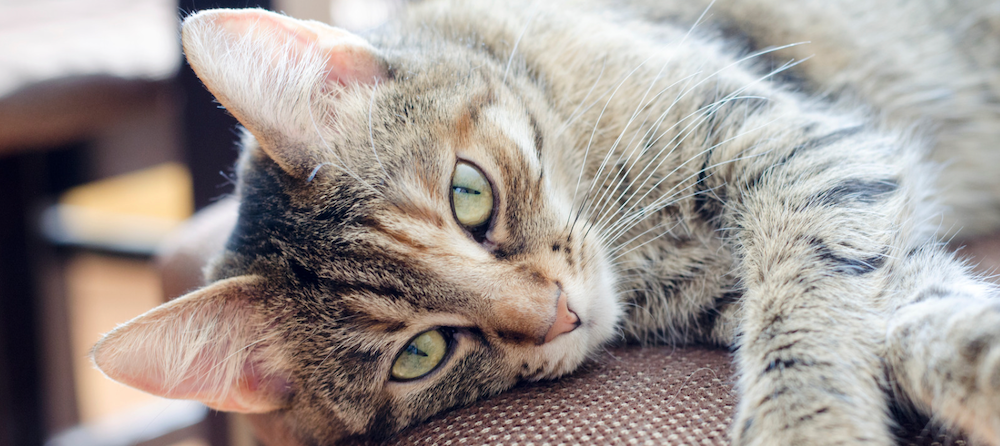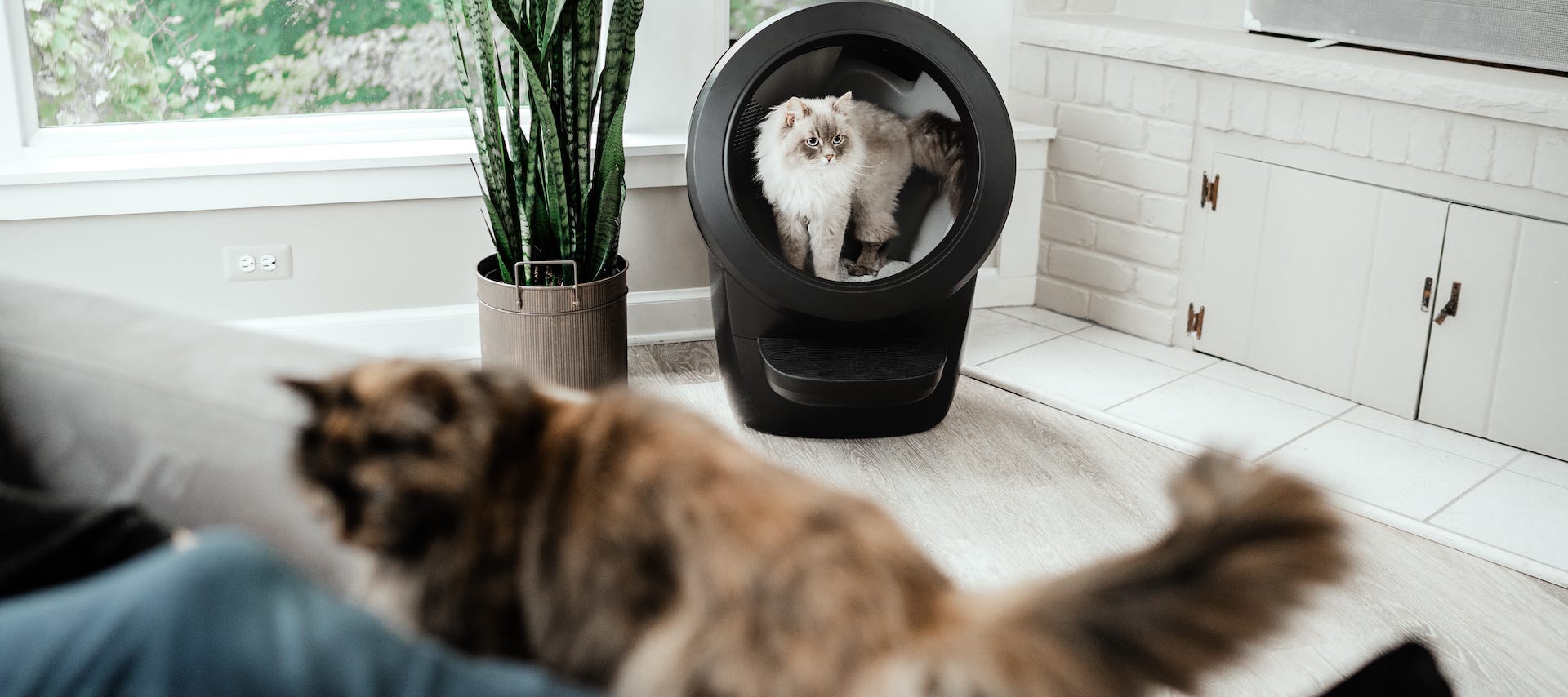Pet parents often assume their kitties will drink if they're thirsty, but many cats have a drinking problem...
...and while this isn't the kind of drinking problem that can get kitty fired or in a car wreck, it does have serious consequences.
Peculiar or Primal?
Many pet parents designate a feeding station for kitty's food and water dishes. It might help keep things neat and tidy for you, but take a minute and observe your cat at feeding time.
If you notice that your cat visits the feeding station to eat, but skips over the water dish, the close proximity of the two bowls could be bothering your cat.
Your kitty cat isn't sticking up its nose at your water offerings; in fact, the choice is less than conscious. Instead, deeply rooted instincts based on what worked for its wild ancestors are at work.
Cats may interpret the food you offer (that, yes, they saw you spoon from a can) as their prey. The thinking is that cats’ wild ancestors developed the tendency to eat and drink separately to protect themselves from water that could be contaminated by rotting prey. That instinct, developed over generations, still drives your modern, domestic kitty to avoid water sources that are too close to its food.
Caring for your domestic cat requires meeting those wild instincts somewhere in the middle, but there's more to it than moving your cat's water bowl away from its food dish.
Why is water so important to cats?
Water accounts for nearly two-thirds of your cat’s body weight and proper hydration is essential to nearly every bodily process, so you can’t simply let your cat avoid the water dish.
It’s common for pet parents to overlook their cat’s (lack of) hydration, figuring the cat will drink if it’s thirsty. But the domesticated cat is an animal in transition; its instincts and behaviors are not adapted to its environment. That drive to drink that we call thirst is significantly diminished in cats.
Water sources could be contaminated, so it was safer to derive necessary hydration (water) from food. That environmental pressure rewarded cats (evolutionarily) who took in water through their prey, since it was less likely they would get sick than if they drank from other water sources.
That means your modern kitty's hydration has as much to do with the food bowl as the water bowl. Cats rely on wet, meat-based food for water, so if you feed your cat a diet that includes wet food (as is best practice), it won’t need to drink as much. Conversely, if you feed your cat mostly dry food, your cat will need to drink more water from other sources.
Get your cat to drink more water
The first thing you can do is move your cat’s water bowl away from its food dish.
Here are some more tips to help your cat drink a healthy amount of water:
- Offer wet food. If you're not already, give your cat wet food instead of dry food. If you take this step first, you may notice that your cat doesn't drink much from the other water sources, but that doesn't mean you shouldn't follow through on those steps.
- Add a few more dishes. Three is better than one. By making fresh water available in multiple locations, you’re letting your cat choose its preferred “watering hole.”
- Assess materials. Some cats are allergic to plastic and may develop a skin condition on their face as a result—something you may not even notice. Opt for stainless steel or ceramic bowls instead.
- Consider a fountain. If your cat prefers the sink or toilet over its water bowl, consider purchasing a water fountain that mimics running water.
- Refresh it frequently. Make sure to wash (not just rinse) water dishes to remove scents and particles that diminish your cat’s desire to drink. Empty and refill water dishes a few times a day if possible and keep the water level high.




